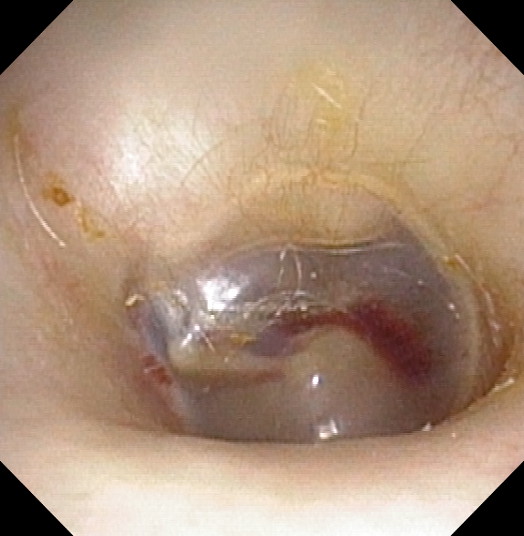Ear Pain and Flying: What Happens When You Can’t Pop your Ears

PRESSURE-RELATED TRAUMA DURING A FLIGHT
As an experienced ENT specialist in Singapore running a top ENT clinic in Singapore for children and adults, we have seen so many ear problems. One of the most common conditions is eardrum trauma after a recent flight. Ear problems during a flight are almost always related to difficulties with equalising the pressures between the ears and the nose. The Eustachian tube is a muscle-lined tube which joins the space behind the eardrum with the space at the back of the nose. It usually stays closed at rest unless you try to actively open it by swallowing, yawning, chewing gum or sucking a sweet. Other ways to try to open the Eustachian tube include gently blowing out through your nose with your nose pinched shut and your mouth closed.
If the Eustachian tube doesn’t open when it should, then it can lead to extremely severe ear pain and blocked ear sensation. Sometimes, the eardrum becomes so severely traumatised from the pressure building up behind the eardrum, that the delicate blood vessels of the eardrum may rupture, leading to a collection of blood trapped behind the eardrum (see picture). This is called ear barotrauma (pressure-related trauma).

In the worst case scenario, the eardrum may even perforate to leave a large hole which carries a risk of ear infection and hearing loss. Read more about eardrum perforations here:
Pressure equalisation during flight descent is much more difficult to achieve than during flight takeoff. As the plane descends, the air pressure in the flight cabin slowly increases so that the pressure outside the eardrum and at the back of the nose is higher than the pressure behind the eardrum itself. So this leads to a relative negative pressure building up in the space behind the eardrum which “locks” the Eustachian tube closed. Most people are able to “pop” their Eustachian tubes open by talking, yawning, chewing gum or sucking a sweet. Babies are encouraged to either breastfeed or feed from a bottle but as their Eustachian tubes tend to be much less developed than in older children and adults, the babies are usually the ones most at risk of pressure equalisation problems. Hence the loud screaming and crying from babies when planes descend to land!
If you suffer from a bad cold or flu and then fly when you haven’t fully recovered from it, then there is a higher risk of eardrum barotrauma as you will find it more difficult to equalise the eardrum pressures due to swelling of the Eustachian tube from the flu or cold. Ear popping sounds are common when this happens. If you are unable to clear the ears with the usual methods of yawning, swallowing, sucking a sweet or gently blowing your nose with the nose pinched shut, then ear pain starts to build up due to the Eustachian pressure tube becoming congested and failing to pop open as a pressure release valve.
For a small group of patients who fly frequently and keep on suffering ear barotrauma due to difficulties equalising their eardrum pressures, one option is to have a tiny ventilation tube inserted into their eardrums. The ventilation tube takes over the job of the faulty Eustachian tube and there will no longer be problems trying to equalise the middle ear pressures afterwards.
Dr Annabelle’s tips to prevent Airplane Ear:
- When the plane starts to descend, gently blow the nose with the nose pinched shut and mouth closed to “pop” open your Eustachian tubes.
- Spraying a nasal decongestant spray like Afrin, Otrivine or Iliadin can help to open up the Eustachian tubes.
- Chewing gum, swallowing repeatedly, sucking a sweet and yawning are simple ways to try to “pop” your Eustachian tubes open.
- For babies, feeding them either via breastfeeding, sucking from a bottle or a pacifier/dummy, can help them to open their Eustachian tubes.
- Try not to fly unless you really have to if you have a bad cold or flu because the risk of ear barotrauma is much higher due to congestion of the Eustachian tubes.
Share this blog via:


